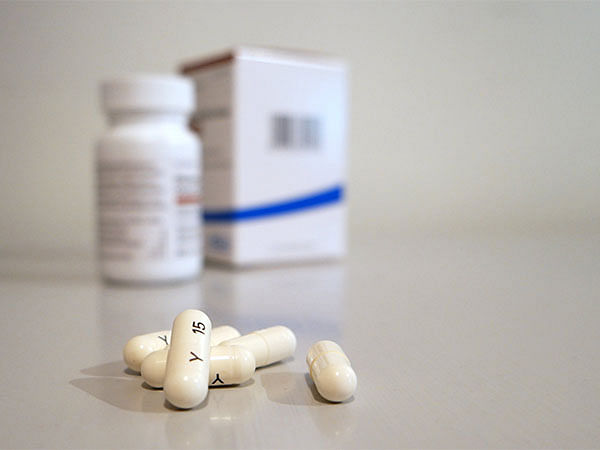For more than 80 years it has been understood that if we don’t use antibiotics more responsibly and don’t continue to develop effective new ones, drug-resistant infections will begin to get the better of us. Now, it appears that we have reached that tipping point.
According to a new study published in The Lancet, the number of people who die from drug-resistant infections, already in the millions but remaining relatively flat for more than three decades, is now expected to start rising steeply. By 2050, the death toll will have increased by 70% with the total number of deaths associated with drug resistance reaching a staggering 169 million.
Until now we have managed to keep drug resistance from escalating through the careful use of the antibiotics that we have and by preventing infections from occurring in the first place, including through measures like vaccination. But, as this study makes clear, we have already made the greatest gains. With the majority of people lacking access to effective antibiotics, the most difficult-to-treat infections are now outpacing antibiotic development.
We need a new approach to antibiotics
We should expect diminishing returns unless there is a radical shift in the way we develop new antibiotics and in how we use them. This is because the right antibiotics are not being developed and, even when they are, they are being chronically underused.
For decades, the global response to this global antimicrobial resistance (AMR) crisis has focused on encouraging the restricted use of antibiotics because their excessive and incorrect use is one of the main drivers of drug resistance. But, so too is their underuse. If the right antibiotics aren’t used or if infections are allowed to go untreated, it gives bacteria the opportunity to spread and develop resistance, making infections more difficult to treat in the long run. So, while responsible use continues to be important, its impact is dependent on people having access to the right antibiotics, which for the majority of the world isn’t the case.
Most of the world lacks access to first-line antibiotics
Access to effective first-line antibiotics is extremely limited in 80% of the world’s countries, while newer antibiotics that target the most resilient bacteria are even scarcer. As a result, more people are dying from a lack of access to effective antibiotics than from drug-resistant infections, which in turn is helping to accelerate the rise and spread of drug resistance.
Of particular concern are Gram-negative bacteria, which are among the most resilient to antibiotics and against which our existing arsenal is increasingly wearing thin. One reason for this is that antibiotic development has been in decline for decades; compared to other drugs they are less profitable. But even when they are developed, most people don’t have access to them. Fewer than half of the new antibiotics that entered the market between 1999 and 2014 were made available in more than ten countries, mostly wealthy nations. So, with existing treatments underused and too few effective new treatments in development or made available, these kinds of bacteria will begin to run riot, making up an increasing proportion of drug-resistant infections.
This will place everyone at increased risk, but particularly vulnerable populations, with once treatable infections becoming increasingly more difficult to treat. As people live longer, the number of older people dying from drug-resistant infections is expected to increase steeply. Similarly, newborns will continue to be especially vulnerable, despite the marked fall in drug-resistant deaths among children under age five, which reflects the broader global trend of increases in child survival because of improved access to childhood immunization. Mortality reduction has been much slower for newborns than for under-fives and, given that they are too young to receive most vaccines, they are expected to make up a significant proportion of AMR-related deaths in the future.
How to improve access to antibiotics
There is plenty we can do to stop this from happening. As the study suggests, improving access will by far have the greatest impact, preventing more than 50 million deaths by 2050. To do that we must embrace global solutions that can help to improve regulatory harmonization and address financial barriers that are hindering access, while helping countries introduce antibiotics, by supporting them with the financing and implementation of their AMR National Action Plans.
We also need to ensure that new antibiotics continue to be developed that are effective against Gram-negative bacteria to replace those lost to resistance and make sure people get access to them. Providing incentives for industry can help with this, but it will only get us so far. They can’t guarantee that we will get the right antibiotics and reach the people who need them. That is why we also need to support public-private partnerships. They make it possible to place public health needs as the primary priority and factor antibiotic access into every stage of antibiotic development.
For any of this to happen, AMR first has to be recognized as a global priority. With the adoption of the second High-Level Political Declaration on AMR by global leaders at the United Nations General Assembly this week, we now have an opportunity to make that happen. Today, drug resistance already kills more people than HIV/AIDS and malaria, yet it receives only a fraction of the investment, given the upsurge that is approaching that urgently needs to change.
This article previously appeared in the World Economic Forum.

